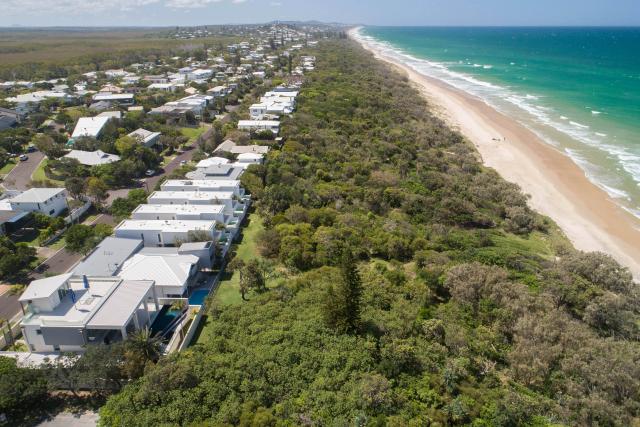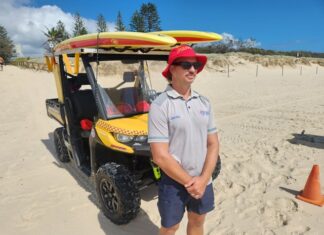When an eastern beaches audit found 90 per cent of properties had encroached on to council land it sparked alarm bells, leading to the creation of an Encroachments Policy and operational procedures which was delivered in draft form to Council’s General Meeting on Monday.
Council heard the policy had its background in the Coastal Hazards Adaptation Plan (CHAP) and the environmental strategy as well as the Coastal Management Plan before becoming a shire-wide policy.
Council officers said encroachment matters resulted in about 100 complaints to council annually, repeated requests from community members over many years, including a petition of 284 signatories, and officers were in need of a “firm framework“.
Officers were communicating with residents but lacked the back up legislation provided.
Investigations found each encroachment site required a specific approach and encroachments were already governed under Local Law 4.
The first step in tackling enroachments was to give people a better understanding of how to be a good bushland neighbour, officers said.
A risk assessment matrix was developed to determine what people could have on council-owned land and categorised into areas of health and safety, size and extent, bushland and its impact on bushfire management access, environmental harm, community and enjoyment and its impact on liveability.
Officers will rate sites on a range of low, medium and high risk assessment with the higher levels requiring action.
Encroachments include removing or otherwise interfering with vegetation, deposition of fill, dumping rubbish, yard extensions, private infrastructure and paths, materials storage, and unauthorised planting, landscaping, and improvements. Encroachments can exist across Council-managed land, including road verges, esplanade areas, parks, bushland reserves and other managed areas.
Officers said managing encroachments was an ongoing program that needed to be well-structured and resourced to be effective. The first year of implementation will focus on establishing a new Bushland Recovery Officer and program to prioritise enforcement and recovery activities in areas deemed highest risk. Education and communication will be the first step and the program will span a number of years.
Cr Joe Jurisevic said one challenge had been people planting fruit trees and taking over the verge outside their places.
Officers said the new policy allowed for productive gardens which included fruit trees up to 2m as long as it maintained 1.5m pedestrian access and there was no exclusive use of the area or the produce.
“In a lot of cases people haven’t thought what bushland is and what’s required,“ the officer said.
“What we know is one of the things policy does is make it consistent across an organisation,“ Cr Brian Stockwell said. “In the absence of a policy we have officers going out with different approaches and not getting a good response. Now we have a consistent approach. The risk assessment approach is valuable and the criteria is really useful.“
Rolling out the policy will begin by targeting high risk areas.
The approach will be to make sure people understand the policy, seek voluntary compliance and use what we already have under Local Law 4 enforcement mechanisms if needed, Cr Stockwell said.
“We’re just looking at the areas causing most impact. We’re not going after small fry. More than 90 per cent along the eastern beaches had encroachments. That’s fairly similar to other areas. They just haven’t been mapped,“ officers said.
Next steps for the policy include obtaining funding and developing a clear implementation plan, outlining education, awareness and communication materials to be developed to support community understanding and implementation of the policy.







